The Himalayan Cleanup 2025 has put the spotlight on the Himalayan waste crisis and a call to action against plastic pollution.The Himalayan Cleanup waste and brand audit insights becomes more pertinent at the time of the global treaty negotiations to end plastic pollution. It highlights the need to have a vulnerable areas approach to the plastic waste crisis while adopting a complete life cycle perspective with producers taking responsibility as well as intersecting it with food and nutrition security, climate and biodiversity crisis.
PepsiCo, Coco-Cola, Kaisha Industries, Natural water Industries, Parle, Vinayaka Industries, Hornbill Industries, ITC, CG Foods, Perfetti Van Melle were revealed as the top 10 polluters of the Indian Himalayan Region for 2025 at the webinar ‘The Himalayan Cleanup Speaks: Insights to Action’ 8 August 2025 – Zero Waste Himalaya Day. The top polluters were identified through The Himalayan Cleanup audits were conducted across 8 mountain states in which 12500 volunteers cleaned 148 sites and audited 217854 plastic waste collected.
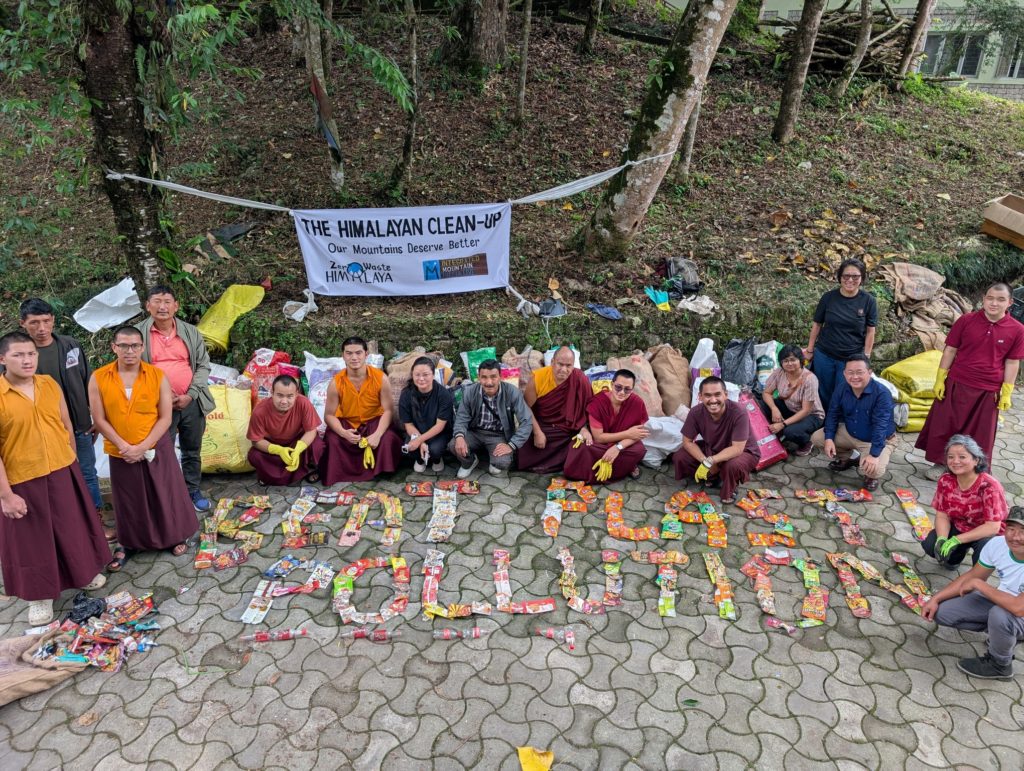
Zero Waste Himalaya and Integrated Mountain Initiative have been anchoring The Himalayan Cleanup since 2018, with a waste and brand audit to name the companies that pollute the Himalaya, and call them out to take responsibility for their plastic waste including designing out of the system. The call is also for the extended producer responsibility rule implementation with targeted focus for the Himalaya that recognises the importance and fragility of the landscape.
The webinar’s context setting highlighted that existing policies and practices are not sensitive and sufficient to respond to the Himalayan waste crisis, and that there was a need to acknowledge the socio-ecological importance, fragility and challenges of the Himalaya. The need to shift the solution narrative beyond the broom, bin, landfill, burn and roll it downhill and to towards systemic solutions was stressed.The presentation on findings of THC 2025 by Ms. Priya Shrestha, member of Zero Waste Himalaya, highlighted that 217854 plastic waste collected was 93% of the total waste collected. 47% of the plastic waste collected was non-recyclable, thus challenging recycling as a complete solution. There has been a dramatic reduction in the non-recyclable plastic collected in THC2025 compared to the past 6 years that needs a deeper trends analysis. 53% of plastic waste collected was recyclable and shows that the mountains are struggling with collecting and linking recyclable plastics for processing.
Food packaging was consistently the highest trashed item at 93% of all plastics that shows the continued trend in the consumption of junk ultraprocessed food and the contribution of Big Food to the Himalayan waste crisis. 52% of food packaging audited was non-recyclable which highlights the limitations of recycling as a solution. 47.5 % of the food packaging was beverage bottles and 11% of it was the energy drink Sting, which had very high consumption among students, though it was not labelled as not recommended for children, pregnant women and lactating mothers. While Sting still topped the list, THC2025 showed an increase in the number of energy drinks . The food and waste intersect was highlighted as very concerning for mountain communities, as there is clear evidence showing that junk ultraprocessed food and beverage to be the leading cause of non-communicable diseases and contributing to mental ill health.

Along with the top 10 polluters, Nimoj Industries, Parshuram Packaged Drinking Water, Nestle, Fresho Beverages, Linggi Lehmo Beverages, Haldirams, Pran, Dabur, Mondelez, Reliance were found in the top 20 companies polluting the Indian Himalayan Region from the Himalayan Cleanup 2025. While the top global and national brands have continued their presence as top polluters, THC2025 showed a big jump of local brands and bottled water brands that calls on targeted localised actions to reduce their plastic pollution. RK Paul Chawang, Amyaa – Arunachal Pradesh; Shirshendu S Das, Midway Journey – Assam; Kamlesh Rai, Biruwa – Darjeeling/Kalimpong; Abdul Rashid Bhatt, Kashmir University – Jammu & Kashmir; Preeti Chauhan, Little Green World -Leh Ladakh; Yoyung Shaiza, Enfogal – Manipur; Subhashish Dasgupta, MIMDI – Meghalaya; Mery Chakma, Mizoram Waste Solutions – Mizoram; Niksungla, Living for Environment – Nagaland; Tshering Uden Bhutia, KCC, Sikkim shared their key insights across the Indian Himalayan Region anchoring the THC2025 in their respective states and regions. While there is a need to look at the Himalaya with focussed urgency, contextual nuances across the IHR including local plastic brands and plastic used in religious spaces have to be factored in too in response to the waste crisis. These reflections also committed to taking THC insights as well as the Zero Waste Himalaya movement further into their states and regions through engagement with educational institutions, communities and Swachh Bharat Missions.
Representatives of GAIA Ambily Adithyan and Break Free from Plastic Miko Alino responded to THC results and insights bringing in National, South Asia and Global perspectives. Miko stressed the need to go beyond the visual narrative of waste as well as end of life management issues and explore multiple pathways including legal and human rights to redress plastic pollution. Curb on production and systemic changes that also ensures a just transition was shared and put into perspective with global negotiations that are underway to end plastic pollution. Ambily shared her continued surprise about the amount of recyclables collected that shows challenges in mountain waste management systems which is not experienced in the big cities. She shared about the inclusion of mountains in the draft EPR policy that was submitted. The need for expanding allies in the health, wellbeing and front of packaging labelling was also expressed.
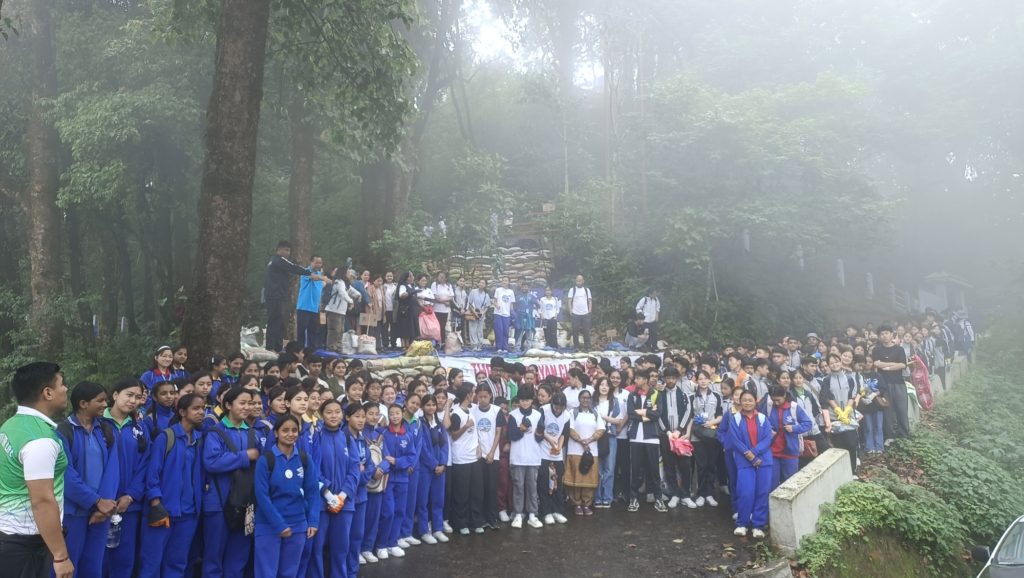
Jigme Bhutia, MD SBM (Sikilkim) mentioned that THC had been instrumental in informing local waste management strategies and hoped that the demand of EPR would lead to meaningful outcomes.
Mr Ramesh Negi, President IMI in his closing remarks reiterated the Himalayan agenda and called out the need for mountain sensitive policies and allocation of adequate resources. He called out a development paradigm for the Himalaya that is not extractive and polluting and congratulated the organisers and volunteers of THC for their stewardship.
Mr RP Gurung, founding member of Zero Waste Himalaya and Integrated Mountain Initiative thanked all the participants and speakers for THC2025. He called out the launch of the Plastic Freedom Challenge 2025 where individuals go without plastic for a week coming out of THC as well as calling out Independence Day Celebrations to be plastic free.
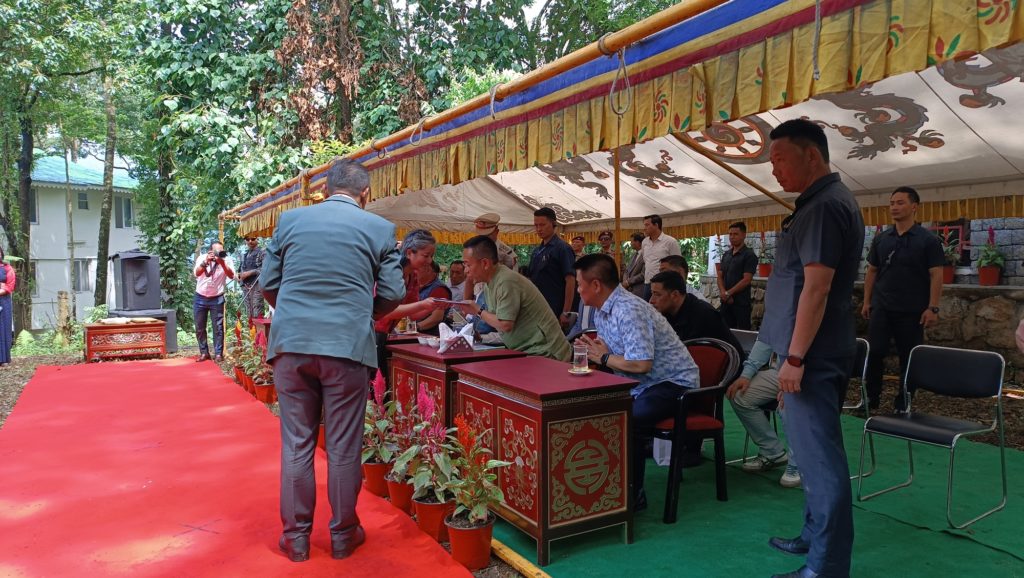
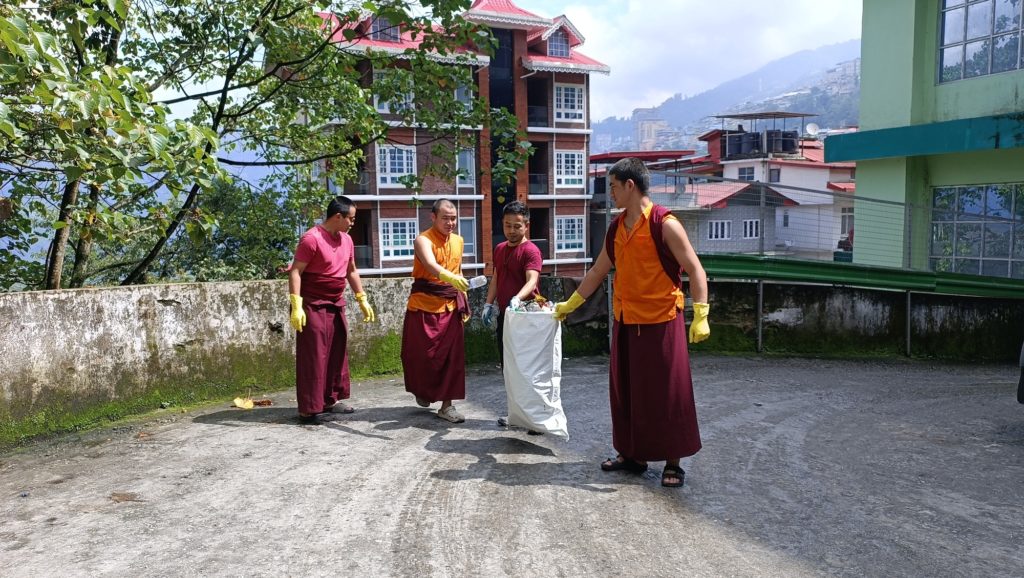
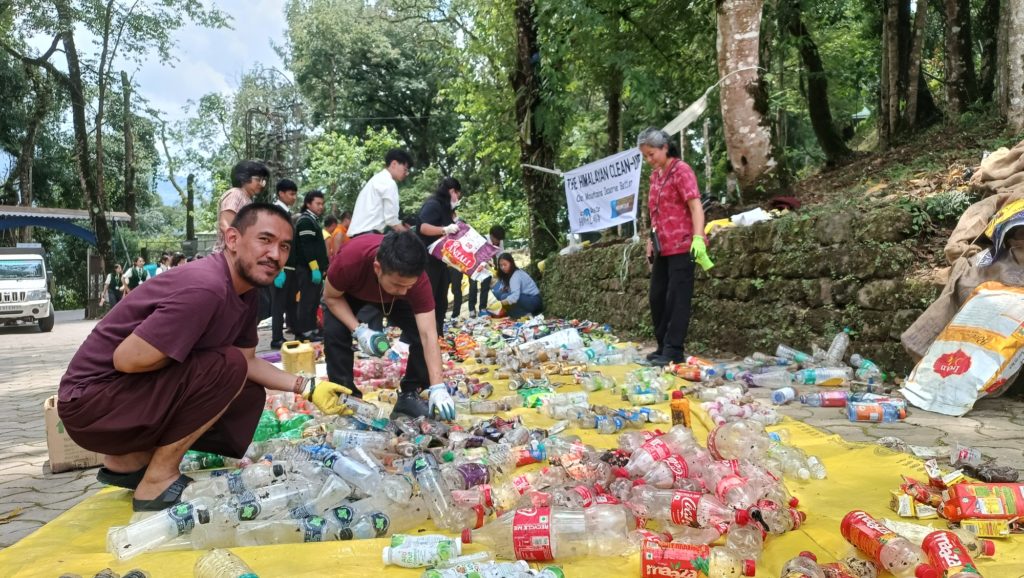
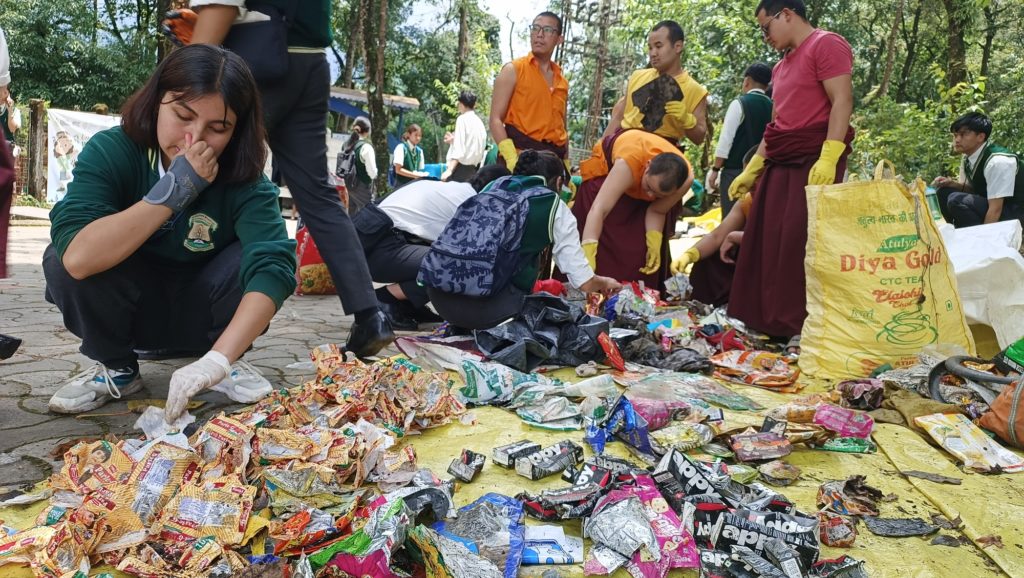
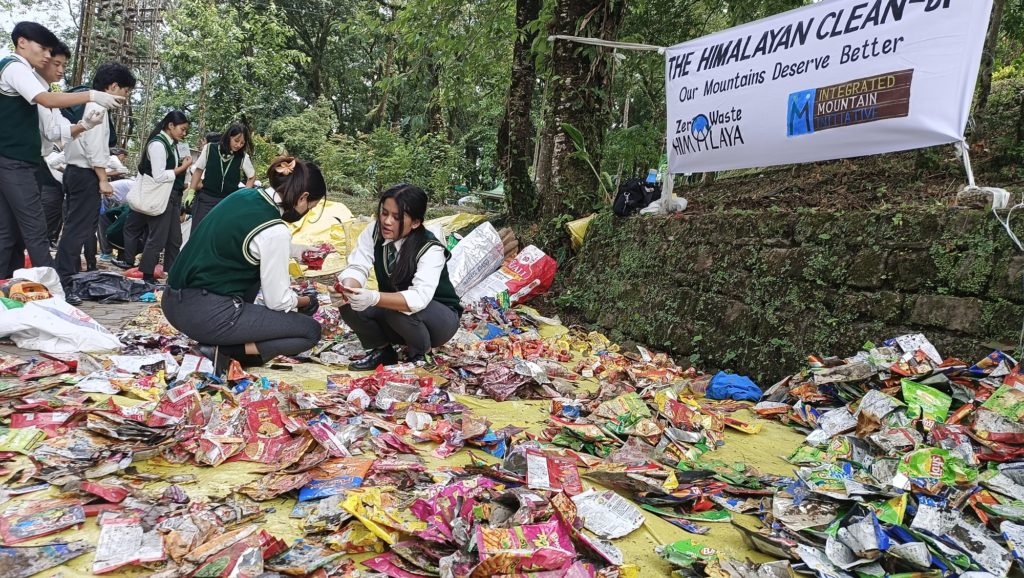
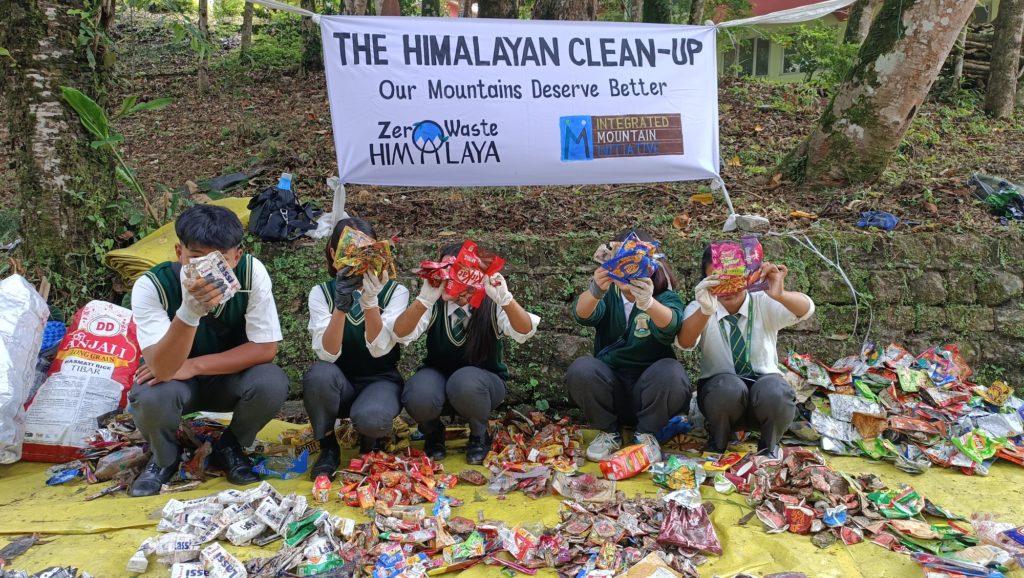
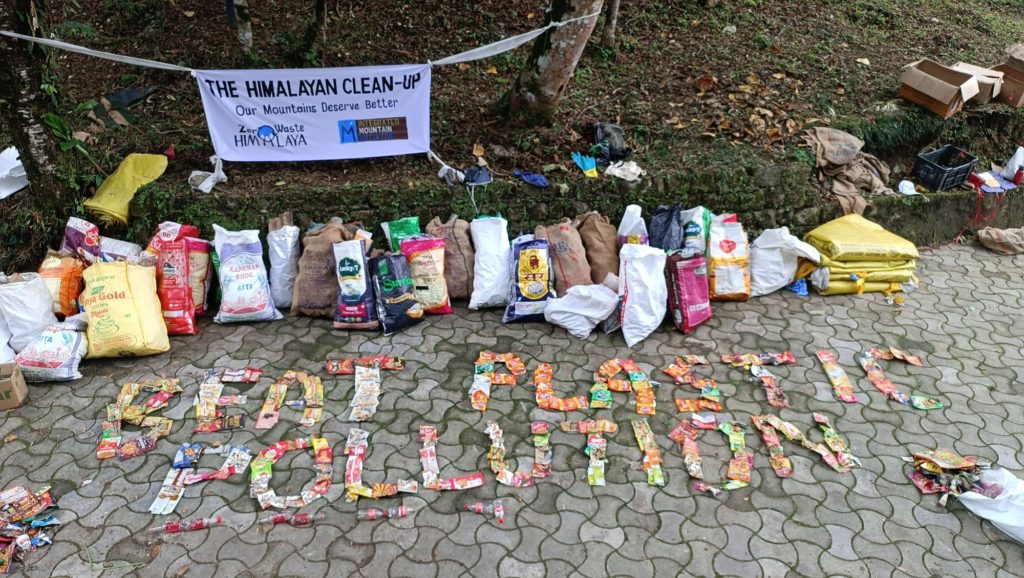
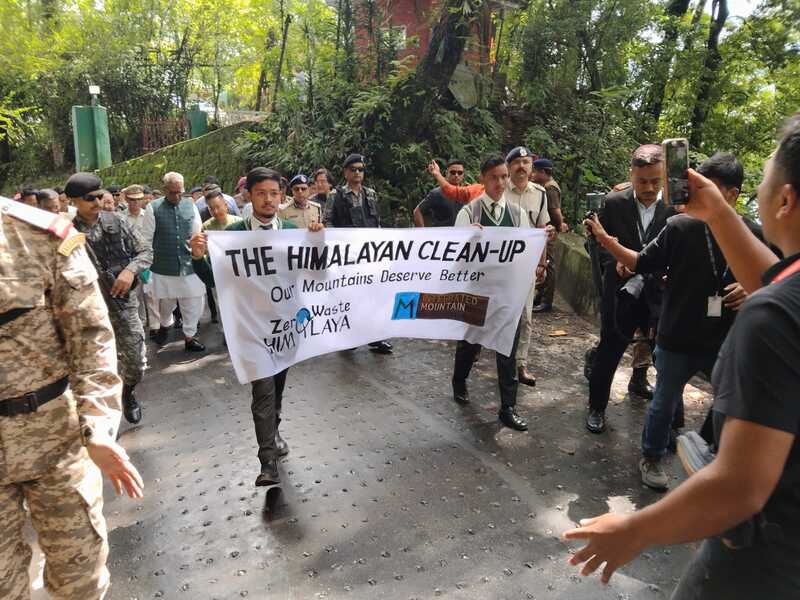
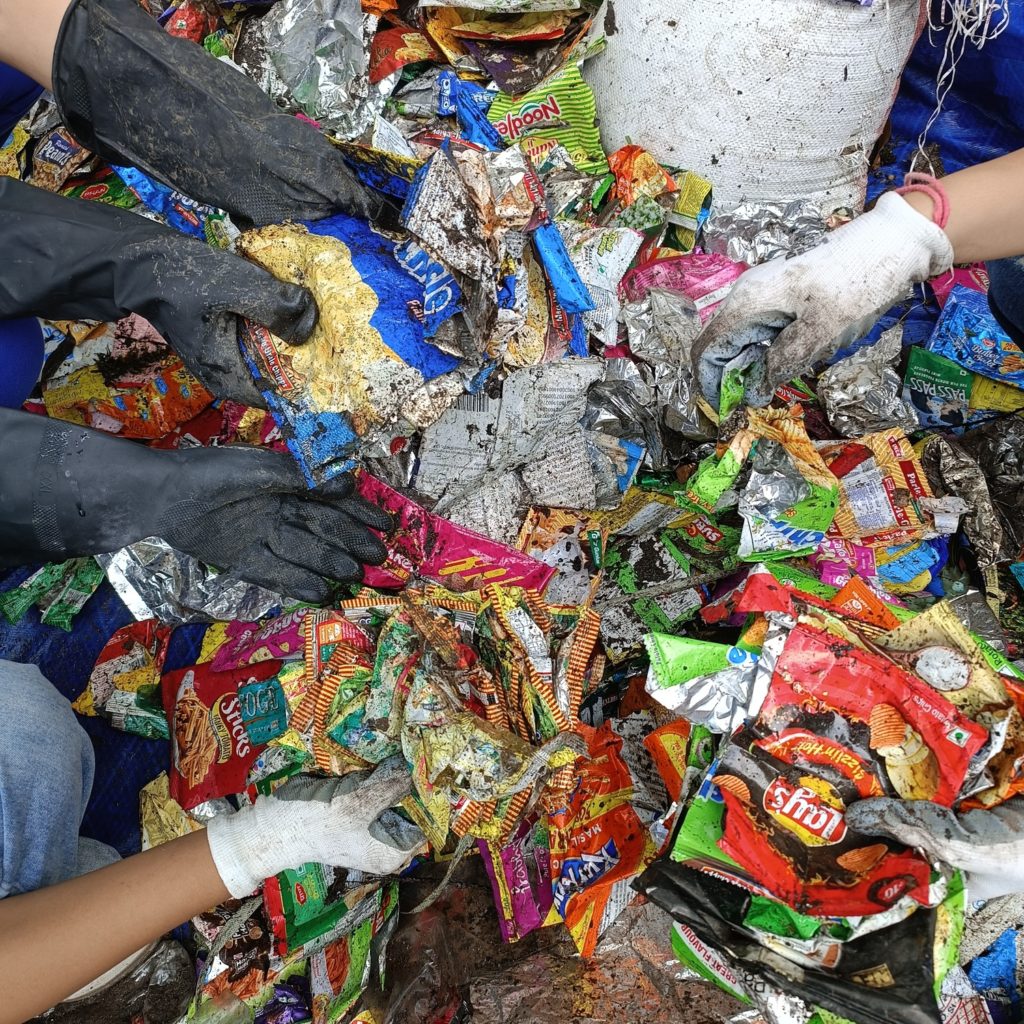
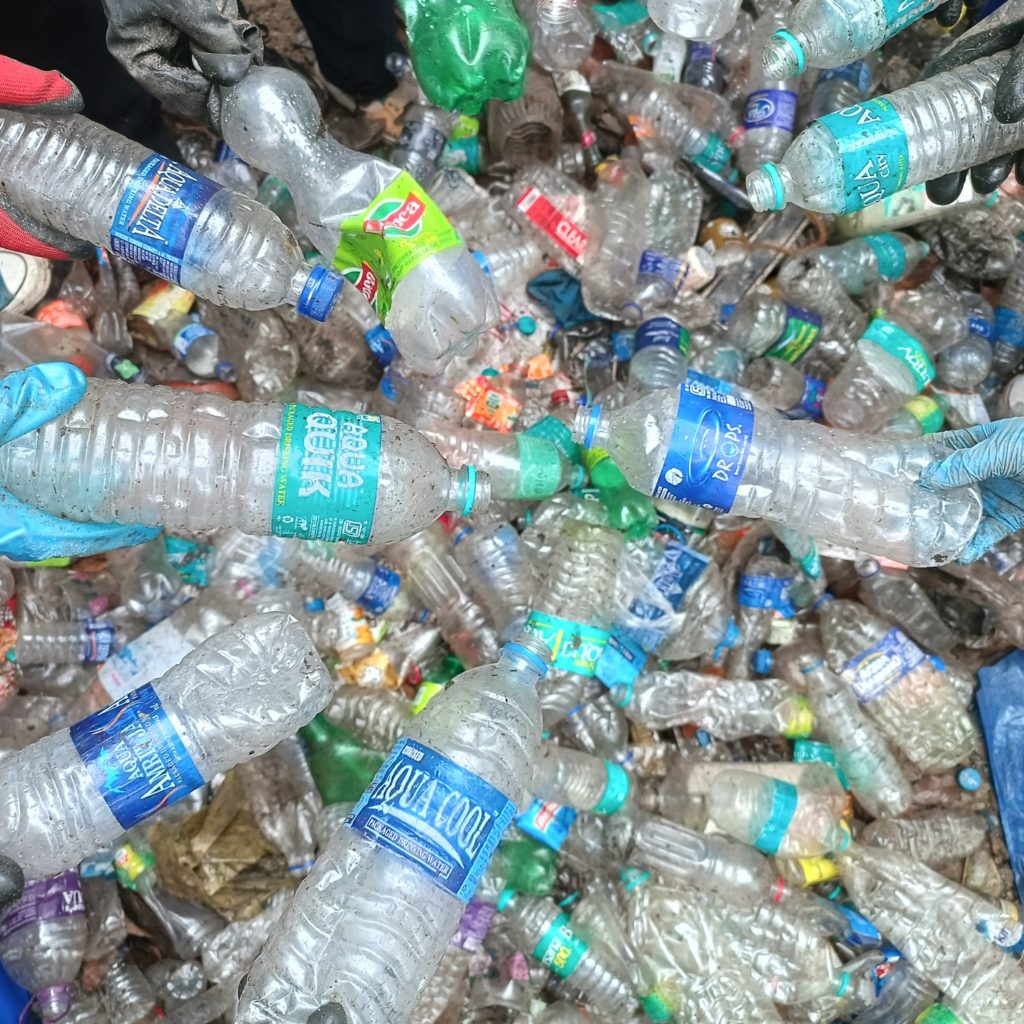
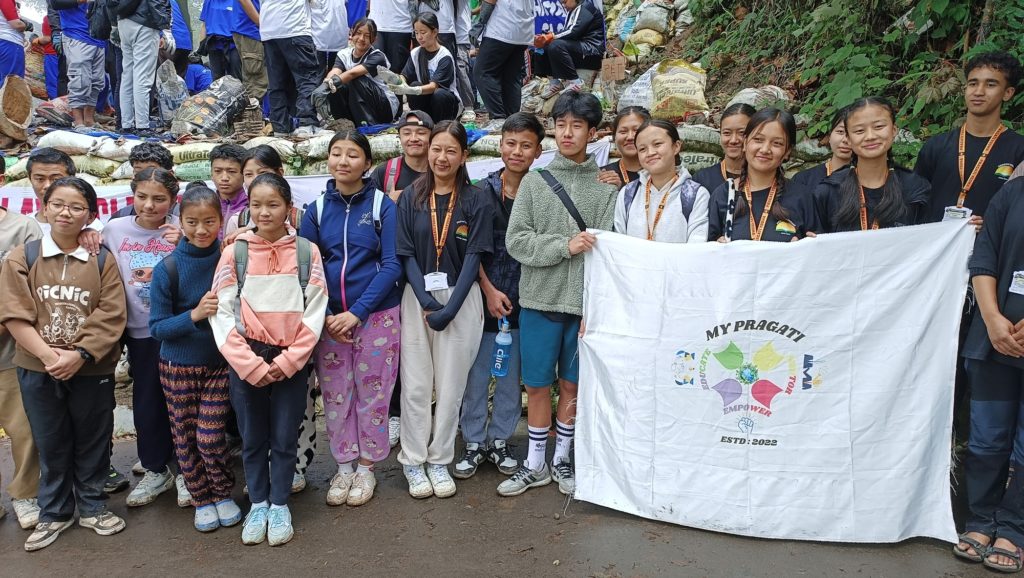
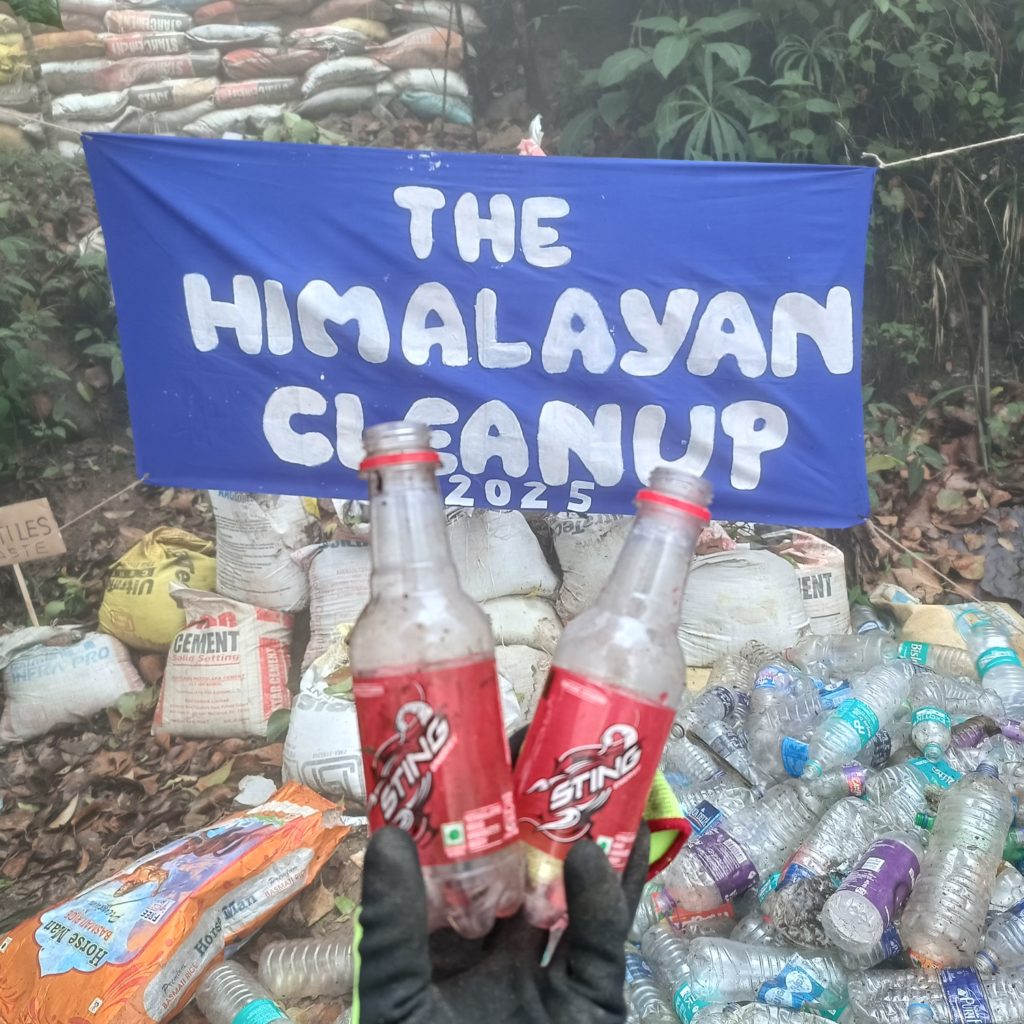
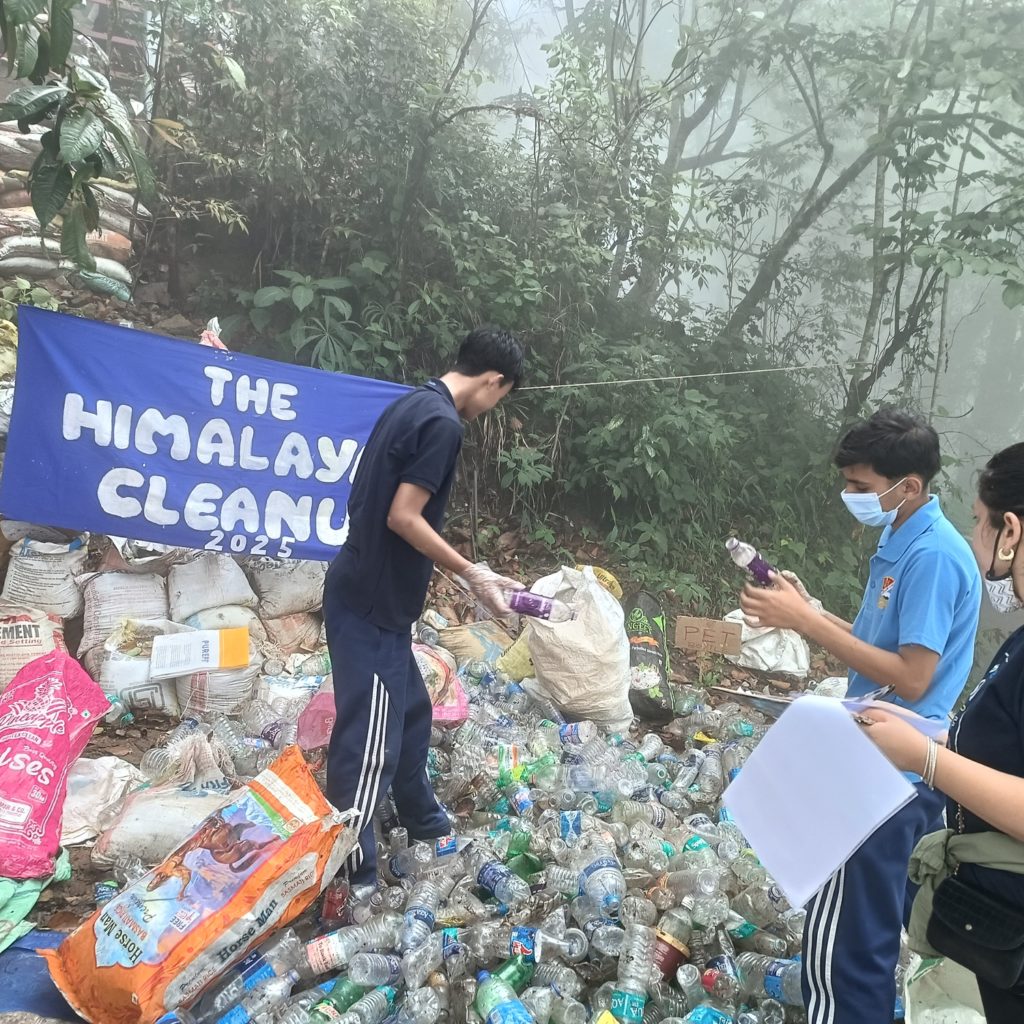


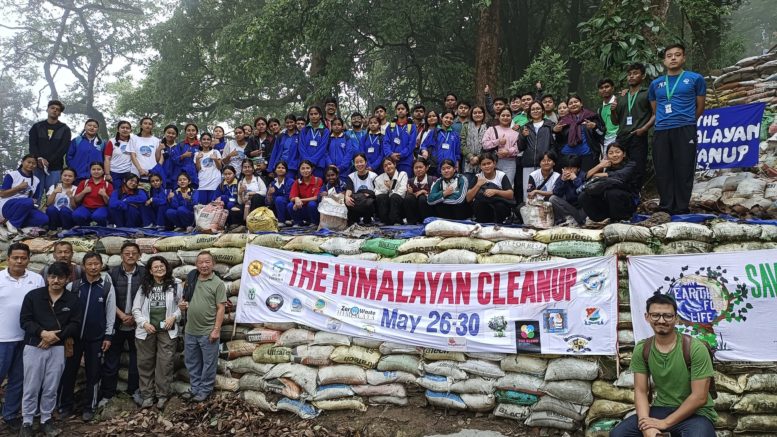
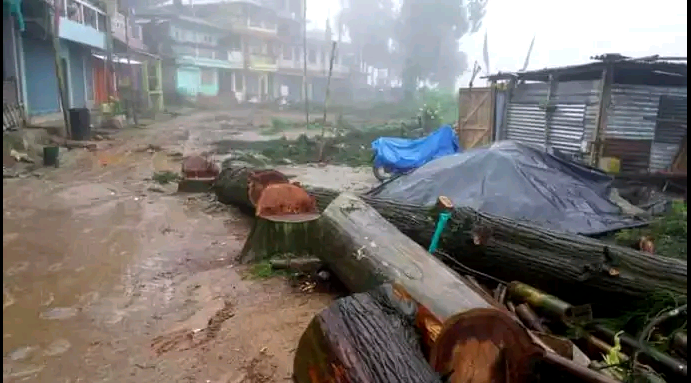



Be the first to comment on "The Himalayan Cleanup Speaks: Insights to Action"